Fagaras, a small city near Brasov in Romania’s Transylvania region, boasts one of the finest Renaissance castles in the country. At least, that is how it looks now. But the castle in this mountainous, strategic border post has been here in some form or another ever since the 13th century – originally as a wooden fort. Successive rulers and regimes used the site for various purposes, building it up into a gorgeous piece of architecture with a rich history.
The castle is right in the center of the town, and is easily spotted among the block-shaped communist-era buildings. A moat full of water, in the shade of weeping willows, surrounds the castle, and surrounding that is a big lawn area.
After a long time during which it was only a wooden fort in the 1200s, Fagaras became a residential location for ethnic Romanians, Hungarians and Germans. Since this was an important place from which to defend the southern border of the former Hungarian kingdom, King Andras the Third, who ruled from 1290 to 1301, exempted its residents from tax. The 1300s saw the first stone fort being built here.
The castle is surrounded by a wall roughly half as high as the building itself. The castle has four sides, and its corners are reinforced with polygon-shaped towers. The oldest are the ones to the northeast, the Black Tower, and the southwestern Red Tower; both built in about 1310 by Laszlo Kan, prince of Transylvania. The other towers date from the early 1500s.
It was between 1528 and 1541 that the building started taking on a palace-like, stately appearance as opposed to a strictly fortress design. That work happened under Stefan Mailat (Istvan Majlath), leader of Fagaras region and later Transylvania’s ruling prince. It was also under his command that the surrounding wall started being built, extending off of the oldest part of the outer fortifications – the 15th-century entrance tower found on the east side.
But the most important reconstructions, in terms of how the building looks today, date from the reigns of Transylvanian princes Gabor Bethlen (ruled 1613-29) and Gyorgy Rakoczi I (ruled 1630-1648). It was then that it gained its inner vaulting, and its loggia that overlooks the courtyard within. Bethlen made Fagaras the residence for Transylvanian princes’ wives. He also bolstered the outer wall with more bastions. But work didn’t stop then; the outer wall we see today is largely an 18th century construction.
The castle did not see any military aggression after the 18th century, as it was no longer of strategic importance. But in the fifties, under communism, political dissidents were incarcerated here for a while.
The castle benefited from restorations from 1965 to 1973 and now contains a restaurant and museum exhibits. The restaurant, which serves traditional Romanian cuisine, is particularly pleasant in summer when it sets out tables in the courtyard. Sometimes there are concerts in the courtyard, too.
The museum (closed Mondays), which occupies several rooms within the castle, focuses on traditional trades and crafts from the local region, and you can see ceramics, icons, old clothing and weapons. On a higher story within the castle is the municipal library.
While you’re in town, check out the 1697 Romanian Orthodox church a few blocks to the southeast, with its incredible sculpted door, and its wall paintings from the 1700s. Or to the southwest, look at the Hungarian Reformed church built in 1712-15. Among the several people buried in the lawn in front is Kata Bethlen, a princess (1700-59), who dwelt in Fagaras. Her silken wedding dress and veil are draped over the altar in the church.
Fagaras is in the southern part of Transylvania, midway between the major cities of Sibiu and Brasov. It is on highway number 7.
Written by David Hill for EuropeUpClose.com

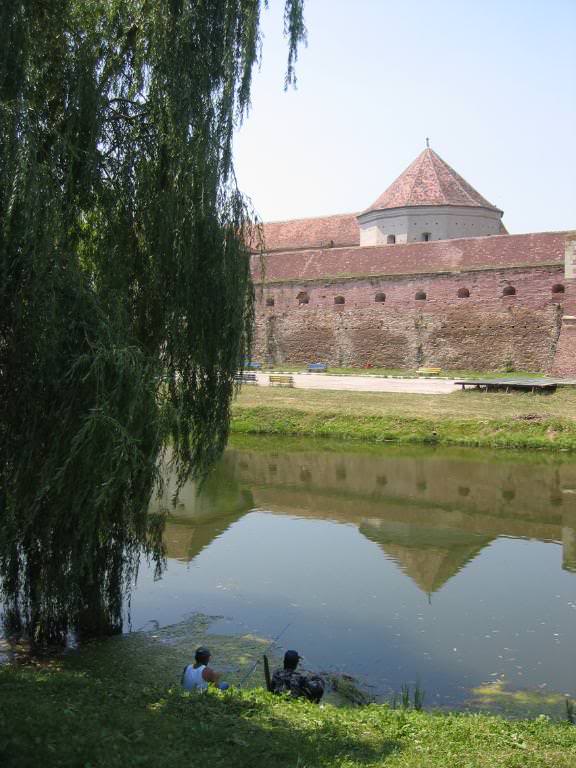
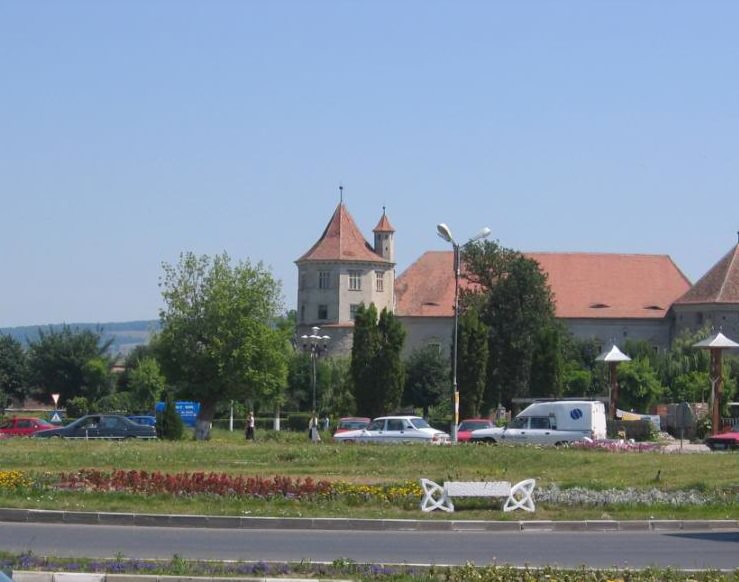

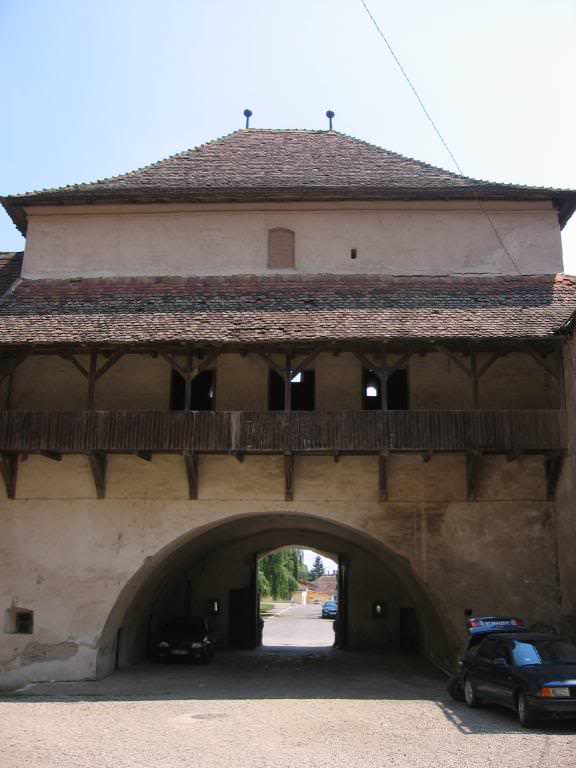
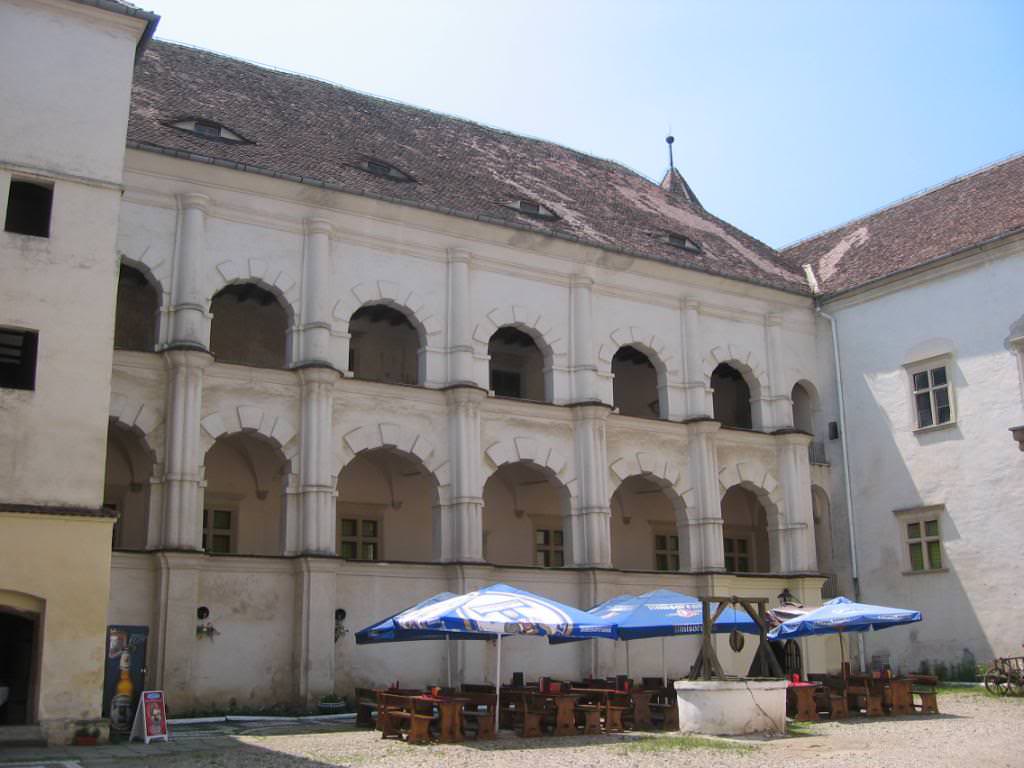
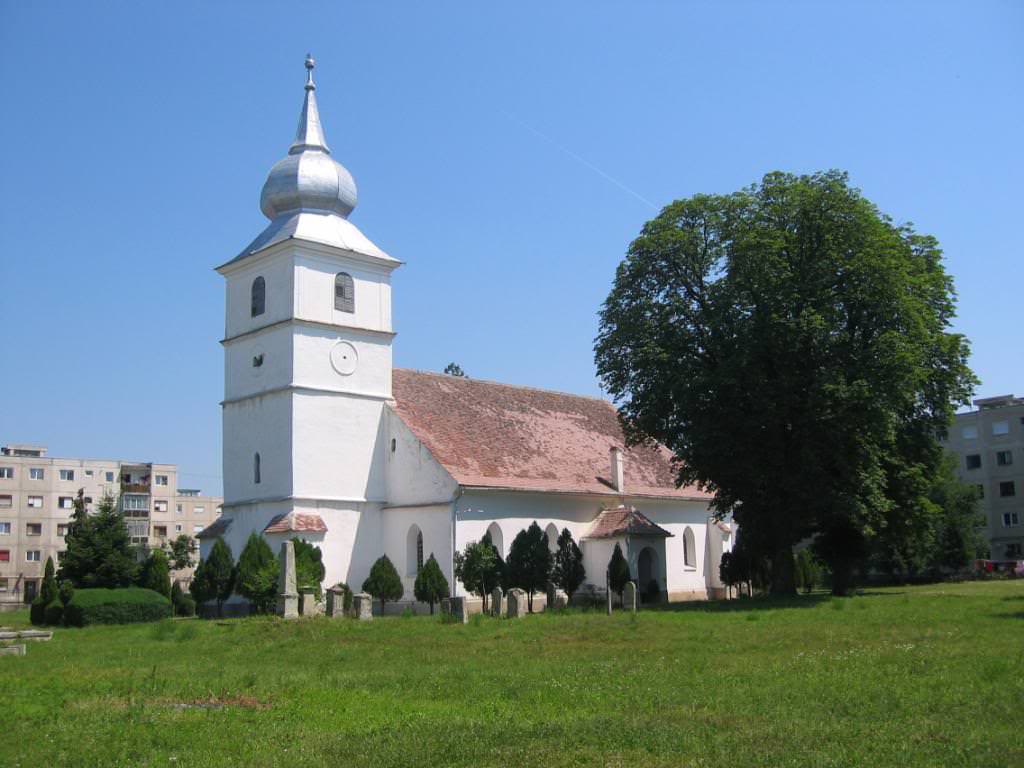
europeupclose.com recomanda turistilor Castelul din Fagaras | Romania Pozitiva
Tuesday 26th of February 2013
[...] www.europeupclose.com Fagaras, a small city near Brasov in Romania’s Transylvania region, boasts one of the finest [...]